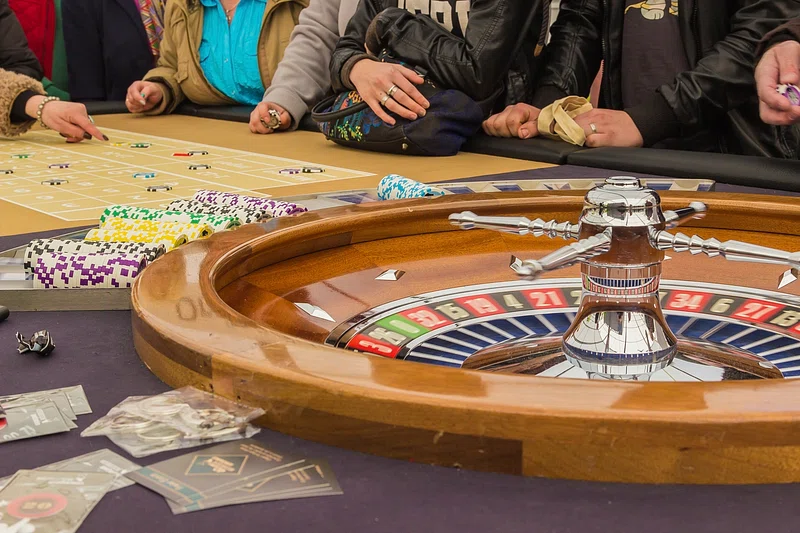In the vibrant world of casinos—both physical and digital—slot machines stand out as some of the most enticing and engaging forms of gaming. Their colorful graphics, captivating sounds, and the thrill of chance attract millions of players globally. But have you ever wondered why we find ourselves drawn to these games? The answer lies not just in luck, but in a sophisticated blend of psychology and design that slot game developers employ to keep players spinning the reels.
The Allure of Instant Gratification
At the core of slot game design is the principle of instant gratification. Unlike table games like poker or blackjack, where skill, strategy, and lengthy gameplay influence outcomes, slot machines offer immediate results. Players experience a rush of excitement with every spin, and the anticipation builds with the spinning reels. This instant feedback loop feeds into our desire for quick rewards, triggering the brain’s dopamine response. Each win, whether big or small, can lead to players feeling pleasure similar to that experienced when consuming food, using drugs, or engaging in other rewarding activities.
Visual and Auditory Stimuli
Slot game designers understand that human perception is heavily influenced by sensory experiences. To maximize player engagement, these games incorporate engaging visuals and soundscapes that create a captivating atmosphere. Bright colors, dynamic graphics, thematic animations, and thematic music all amplify the excitement of the game.
For instance, the use of bright colors like red and gold is intentional, as these colors are associated with wealth and success. Visual icons like cherries, sevens, and gold coins evoke feelings of luck and prosperity. Similarly, sound effects—from the soft chimes of wins to the exhilarating “jackpot” bells—serve to enhance emotional responses, making each win feel significant, regardless of its monetary value.
Variable Reward Schedules
A key aspect of slot game design is the implementation of variable reward schedules, rooted in behavioral psychology. This concept, popularized by B.F. Skinner and his work on operant conditioning, asserts that behaviors are reinforced through random rewards, increasing the likelihood of that behavior being repeated.
In the context of slot machines, the randomness of payouts creates a sense of unpredictability. Players may spin the reels hundreds of times before hitting a significant win, which heightens the anticipation and excitement of each play. This unpredictability activates the player’s desire to continue—akin to a gambler’s fallacy—believing that they are “due” for a win.
The Role of Themes and Storytelling
Today’s slots are not merely mechanical devices but immersive experiences. Themed games—ranging from adventure and mythology to pop culture and movie tie-ins—capture players’ imaginations and create emotional connections. This appeal to narrative engages players on a deeper level, encouraging them to invest time and money into the game.
Moreover, slot developers often include storylines that evolve with gameplay, introducing features like "progression" bonuses or "bonus rounds" that require players to engage further to unlock. The idea of completing a story or reaching a specific goal enhances commitment and can lead to extended gaming sessions.
Social and Competitive Elements
With the rise of online casinos and gaming platforms, social interaction and competition have also seeped into the world of slot gaming. Features such as leaderboards, shared jackpots, and social casino networks allow players to engage with others, share their wins, and celebrate achievements. This communal aspect echoes the social dynamics found in physical casinos, where winning becomes a collective celebration.
Additionally, gamification elements—such as achievements, levels, and rewards—have been integrated into slot games to enhance engagement. Players find motivation in completing challenges or collecting rewards, which gamifies the slot experience beyond mere chance.
Conclusion
The design of slot games is a masterclass in the application of psychological principles aimed at enhancing player engagement and retention. The combination of sensory stimulation, reward mechanisms, storytelling, and social interaction creates an experience that is both thrilling and immersive.
Behind the flashing lights and spinning reels lies a carefully crafted understanding of human behavior—a testament to the power of psychology in shaping our experiences within the world of gaming. As players continue to seek excitement and potential rewards, slot game designers will undoubtedly continue to innovate, blending technology and psychology to create ever more compelling gaming experiences.
Understanding this psychological framework can empower players to approach slot gaming more consciously, recognizing the tactics at play and making informed choices about their gambling experiences. After all, knowledge is not just power; in the game of slots, it can also be the key to responsible fun.




